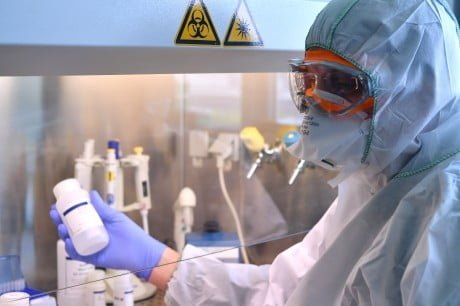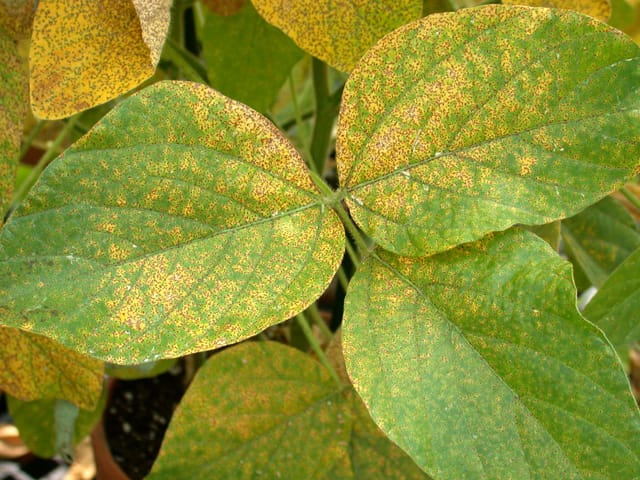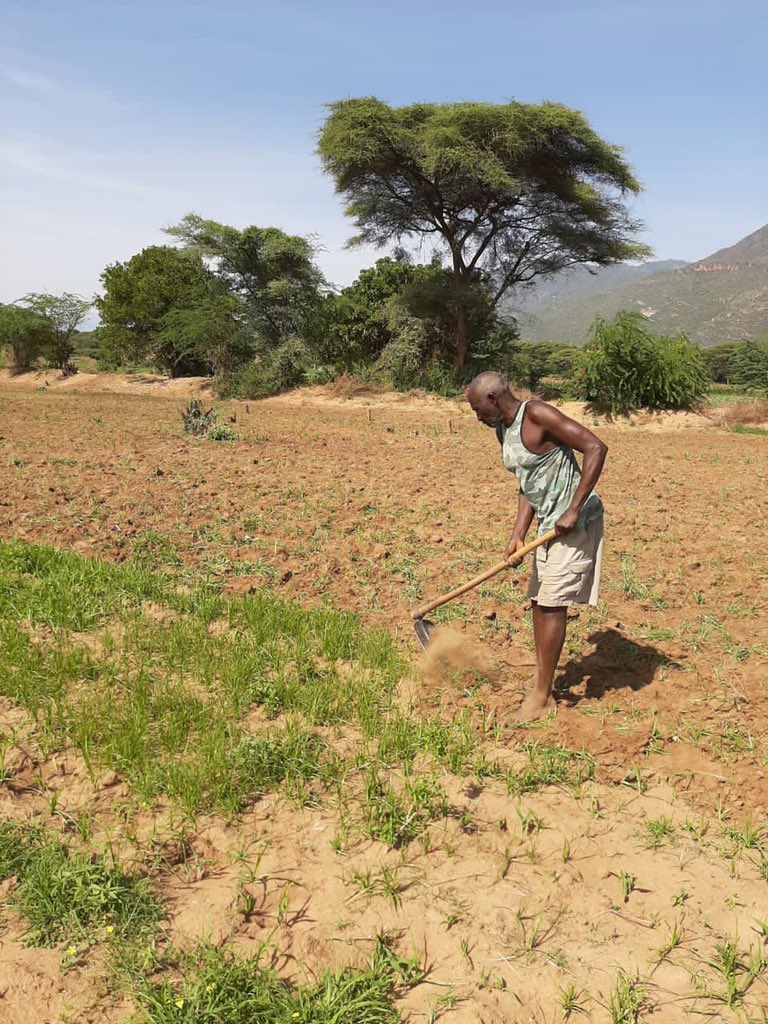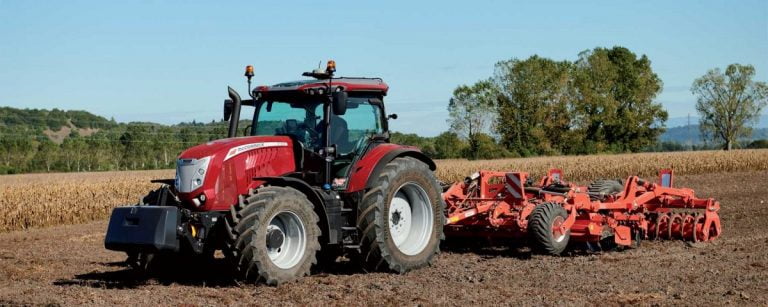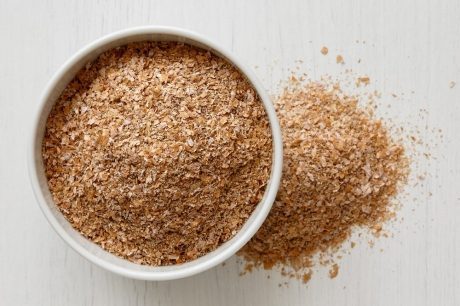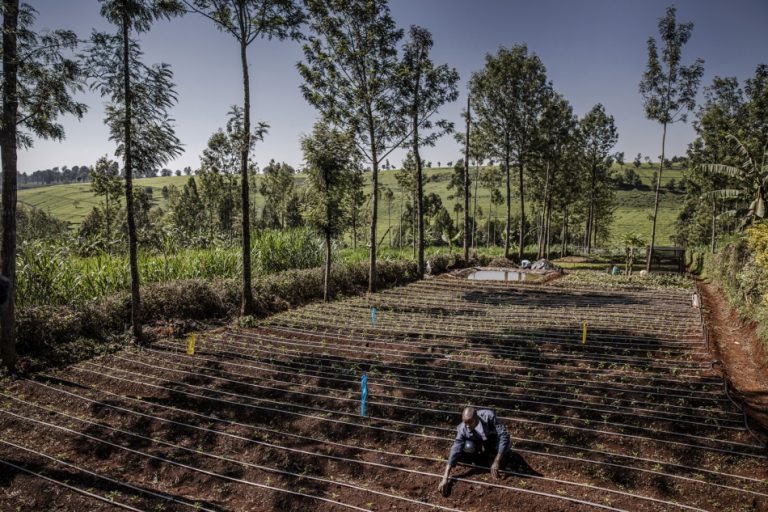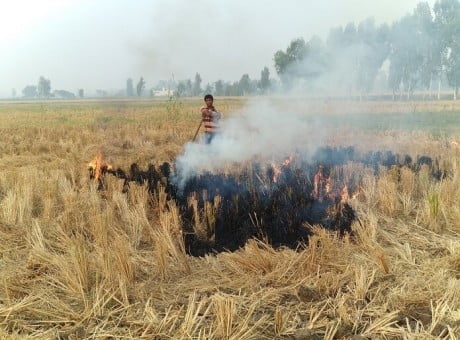Some of the most innovative ways of improving agricultural practices involve nuclear technology. Using isotopes or radiation techniques in agriculture can control pests and diseases, increase crop production, protect land and water resources and ensure food safety.
FAO and the International Atomic Energy Agency (IAEA) have been expanding knowledge and enhancing capacity in this area for more than 50 years and recently strengthened this partnership, creating a Joint FAO/IAEA Centre of Nuclear Techniques in Food and Agriculture.
Here are five examples of how FAO and IAEA are improving agriculture and food security:
1. Animal health
Nuclear technologies have made a big difference in detecting, controlling and preventing transboundary animal and zoonotic diseases.
In Belize, veterinary officers used to have to send samples to laboratories abroad to detect outbreaks of diseases. However, the Belize Agricultural Health Authority teamed up with the Joint FAO/IAEA Centre to establish its own Animal Health Molecular Diagnostic Laboratory. With the proper equipment and training, lab technicians used real-time Polymerase Chain Reaction (PCR) tests, a molecular nuclear technique, to rapidly detect diseases. With these quick and accurate diagnoses, they informed field workers who could then take actions to swiftly control the disease.
Today, PCR tests are widely used to detect animal diseases in less than a day. Due to this proficiency, the human health authorities of Belize recently asked this laboratory to assist with COVID-19 PCR tests in humans – a great example of how tackling animal health threats can also support human health. This is part of FAO’s One Health approach, recognizing that the health of animals, people, plants and environment are interconnected and solutions can be crosscutting.
2. Improved soil and water management
Though hardly imaginable, past nuclear fallouts are actually helping scientists. When it comes to measuring and assessing soil erosion, radioactive nuclides left behind after nuclear events can help scientists determine the health of soils and rate of erosion.
This technique was applied in growing soybeans, once considered a minor crop in Benin. Scientists at the University of Abomey-Calavi and the National Agricultural Research Institute of Benin, working with the Joint FAO/IAEA Centre, introduced a nuclear isotope to the soil to track and monitor soil quality. They identified the specific bacteria needed to boost field conditions for the soybean in Benin and recommended adding nitrogen-15 stable isotope fertiliser to the soil as well to trace fertilizer uptake and soil health. How efficiently the biofertilizer is used by crops and how much nitrogen the crops capture from the atmosphere is then measured and the fertilizer use adjusted as needed. Farmers in Benin saw their soybean production increase from 57 000 tonnes in 2009 to 220 000 tonnes in 2019.
3. Insect pest management
The nuclear-derived, sterile insect technique (SIT) is an environmentally-friendly method of managing insect pests. The technique involves mass-rearing the insects then sterilizing them through ionizing radiation before releasing them back into pest-infested areas. The technique reduces reproduction and suppresses or eradicates established insect pests. It can also prevent the proliferation of invasive species – and is much safer for the environment and human health than applying conventional insecticides.
Ecuador used SIT to eradicate the Mediterranean fruit fly, one of the world’s most damaging agricultural pests, from its growing areas for three fruit species. In order to export these products, producers must demonstrate that this fly is not present on their farms. Each week, with the support of the Joint FAO/IAEA Centre, Ecuador imports three million sterile Mediterranean fruit flies and releases them in target areas to mate with wild females. With this highly effective technique, Ecuador has continued exporting these fruit species to the United States of America – valuing USD 22 million in 2019 alone.
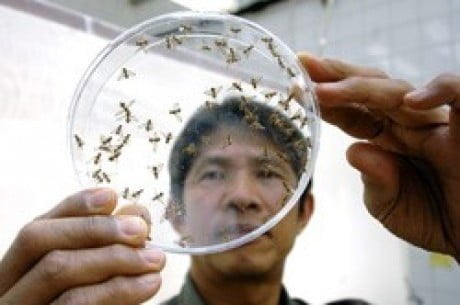
4. Food safety and control
Nuclear techniques can improve food safety and quality control by detecting or eliminating harmful residues and contaminants in food products.
Ionizing radiation applied to food, for example, can kill potentially harmful microbes, preventing foodborne illnesses. Food irradiation also prevents the spread of insect pests and is used to guarantee trade of fruits and vegetables across quarantine boundaries – a fast-growing commercial application. With FAO/IAEA support, experts in Viet Nam began research on food irradiation in the late 1990s, and the country now hosts 11 facilities. Gamma rays are most commonly used and can treat around 1 tonne of fruit per hour. Last year an average of 200 tonnes of fresh export fruits were irradiated per week in Viet Nam using gamma and X rays.
5. Plant Breeding and Genetics
Nuclear technology used in crop breeding can develop improved varieties that better adapt to climate change and help vulnerable countries ensure their food and nutritional security.
Seeds can be irradiated with gamma rays, X rays, ion or electron beams to initiate genetic changes. This increased diversity allows for a wider selection of genetics for breeding techniques. Resulting crop varieties can have improved yield and quality, tolerance to drought, heat or flooding, better resistance to pests and diseases or shorter growth cycles.
In Sudan, a drought-resistant groundnut variety was developed by the country’s Agricultural Research Corporation and supported by the Joint FAO/IAEA Centre. This groundnut can grow with only 250 millimetres of rain a year compared with traditional varieties that require 350 millimetres. Its yield is 27 percent higher than traditional varieties, paving the way for Sudan’s return to being a leading groundnut producer, improving food security in the country and helping the economy.


